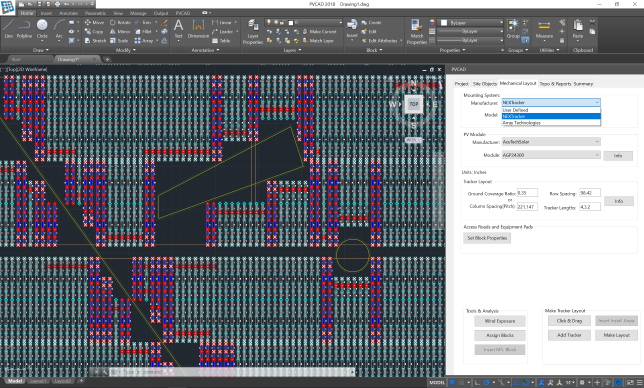
CAD Process
CAD Design Systems typically consists of two distinct stages:
- The design stage, in which an electric systems model is created, and
- The simulation or analysis stage, in which software simulation programs are used to test the integrity of the design; these simulation programs test how the model would behave in real-world operation by checking for specific types of design or operational problems (see list below.)
Design is an iterative process, in which simulation results will suggest ways that the design should be modified to increase safety, reliability, and serviceability. At the conclusion of the design effort, organizations will enjoy a far higher degree of confidence in the integrity of their power systems infrastructure than with manually drawn schematics.
The same model used for the computer-aided design of a power system can be used as the basis for real-time monitoring and modeling of the system, giving network operators a quantitative value for any proposed changes in system operating conditions.
